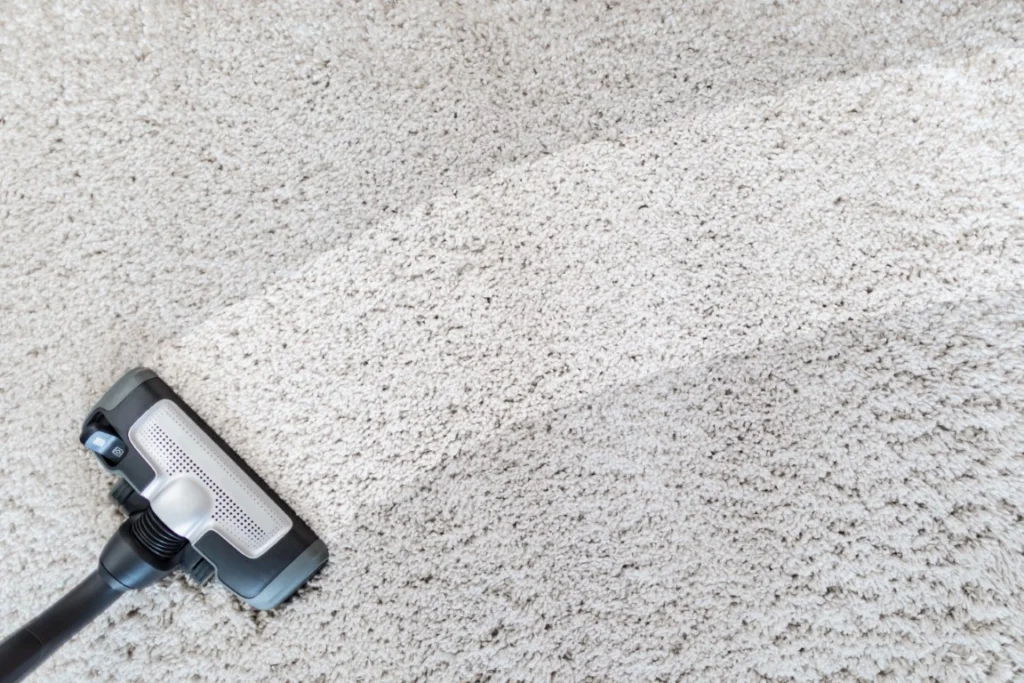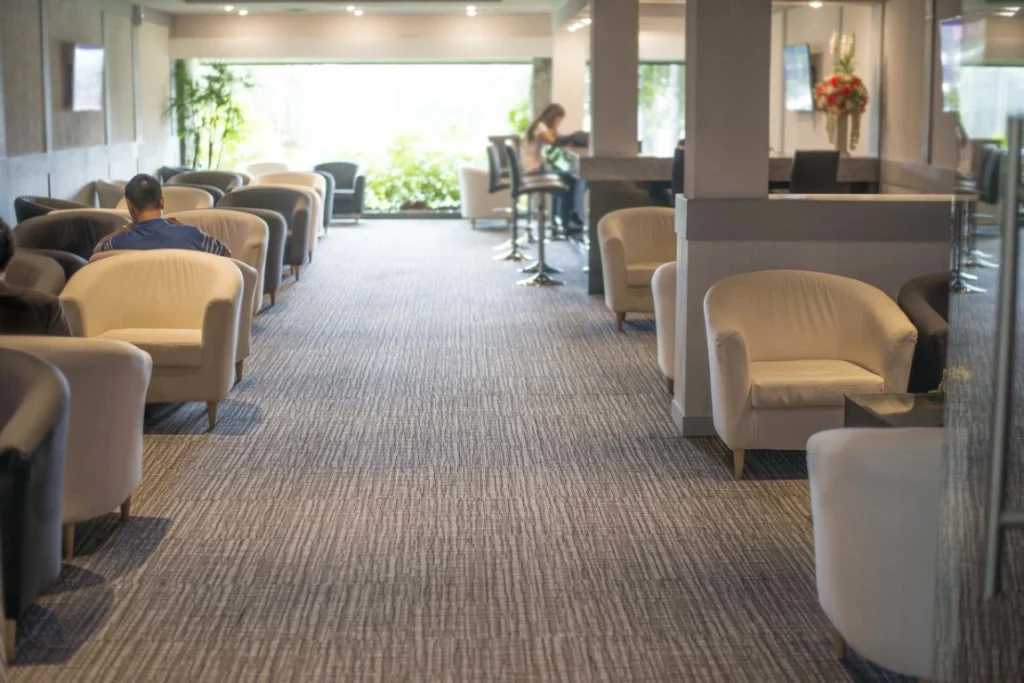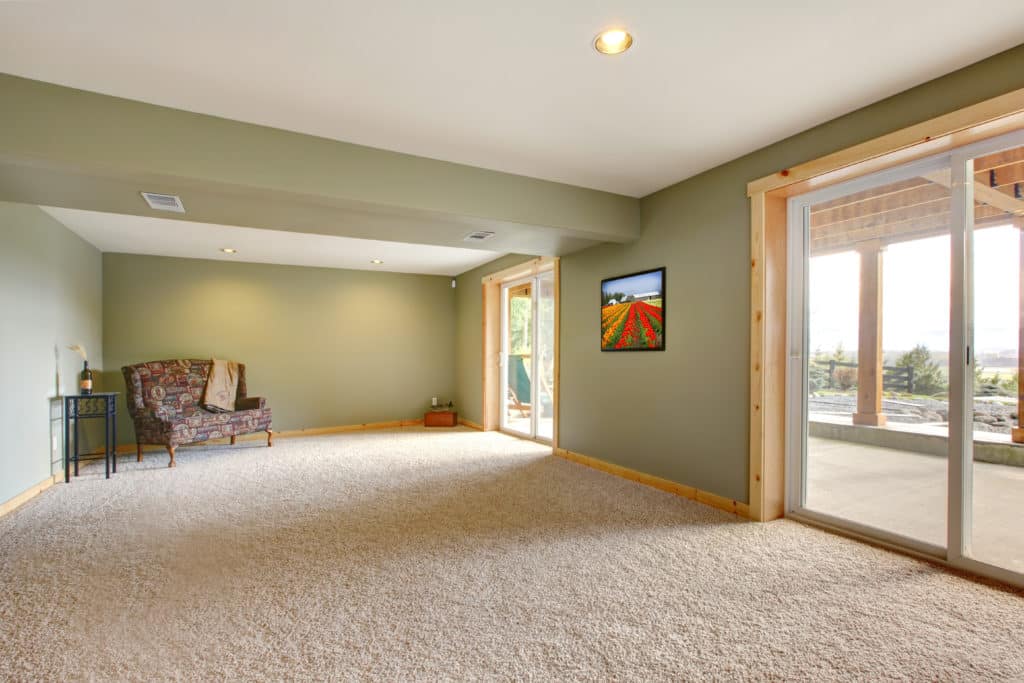For decades, carpet has remained an incredibly popular flooring choice for both residential and commercial spaces thanks to its warmth, comfort, and aesthetic appeal. However, residential and commercial carpet differ significantly in many ways, from construction to maintenance to design. Understanding these differences is essential for making an informed decision that meets your specific needs.
In this helpful guide, we’ll explore the distinctions between residential and commercial carpet, helping you choose the perfect flooring for your next remodeling project.

Material and Construction
One of the most significant differences between residential and commercial carpet is their materials and construction techniques. Residential carpet is designed with comfort in mind and typically features a higher pile, which means the fibers are longer, plusher, and softer underfoot.
Commercial carpet, on the other hand, is made to withstand heavy foot traffic. Because of this, the pile in commercial carpet is usually lower and denser, with looped and uncut fibers providing durability, ease of maintenance, and ability to hide wear and dirt.
When it comes to materials, both residential and commercial carpets often use nylon, which is known for its resilience and stain resistance. Residential carpet can also be made of polyester, which offers a soft texture and vibrant colors, or natural wool, which provides luxury and durability.
Durability and Wear
In commercial settings such as retail stores, hotels, and office buildings, carpet must be engineered for longevity and durability. It has to be able to withstand heavy foot traffic, potential spills, and frequent cleaning. Features like a low pile height, loop construction, and high-density fibers help make it more robust.
In a home, carpet is only subject to moderate foot traffic, meaning it doesn’t need to be quite as durable. Living rooms, family rooms, and bedrooms benefit from softer, more comfortable carpets that don’t necessarily see heavy use. Residential carpet is designed with this in mind, emphasizing comfort and aesthetics over extreme durability.

Maintenance and Cleaning
In public spaces, maintenance is a critical consideration. Commercial carpet is designed for frequent and easy cleaning, often utilizing stain-resistant and antimicrobial coatings to help maintain a clean and healthy environment. Regular spot cleaning, vacuuming, and professional deep cleaning are crucial to keep these carpets looking and performing like new. A unique feature of many commercial carpets is their modular tile design, allowing damaged sections to be easily replaced.
Typically, homeowners have more flexibility and time to dedicate to carpet maintenance. The main concerns are pet hair, spills, and everyday dirt, which can usually be taken care of with household cleaning products and vacuum cleaners. Residential carpets can also be professionally cleaned once or twice a year, depending on how dirty they get.
Design and Aesthetic
Personal taste and home decor styles are the driving force behind residential carpet design. Homeowners can choose from an endless array of patterns, colors, and textures to perfectly complement their home’s interior design, each with their own unique look and feel. The goal is to create a warm and inviting atmosphere.
Commercial carpet design often prioritizes functionality over style; however, doesn’t mean they lack aesthetic appeal. While these carpets tend to be more subdued and neutral to suit a variety of environments, they come in a range of patterns and colors that can enhance offices and retail spaces.

Cost Considerations
The cost of residential carpet varies widely depending on the brand, material, and style. High-quality carpet made of natural fibers like wool are typically more expensive, while synthetic options are a more affordable alternative. The price of installation can also vary, but it’s generally less complex and costly than in commercial settings.
Thanks to their durability and specialized construction, commercial carpets are often more costly than residential carpets. However, their longevity makes them a cost-effective investment. Additionally, installation in commercial settings is often more complex, contributing to higher overall costs.
Residential and Commercial Carpet From Rosewood
When shopping for carpet, it’s essential to consider the specific requirements of your space. Within the categories of residential and commercial carpet are a wide range of options, from materials and colors to patterns and pile heights. The possibilities are endless!
At Rosewood, we pride ourselves on offering a comprehensive selection of both residential and commercial carpets. Whatever your project requirements are, we have the perfect flooring solutions for you.
Our flooring installation team is dedicated to providing you with the reliable service you deserve, ensuring long-lasting, quality results. Contact us today to receive a free quote and get started on your home or business transformation!




